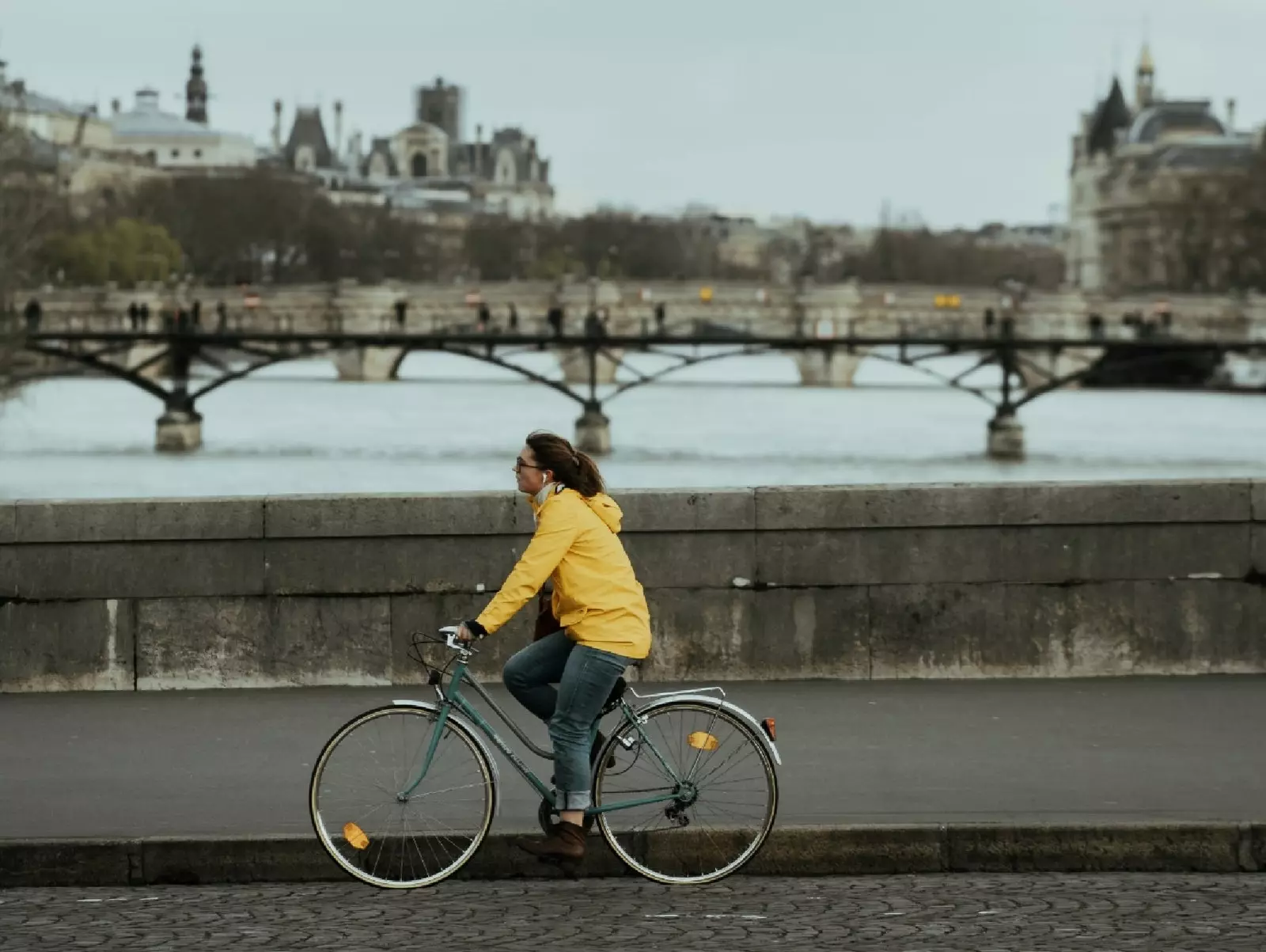
Will the bicycle be the new means of transport?
With millions of people at home , during the quarantine we have seen amazing photos (and sometimes creepy) empty cities all over the world.
As the normally congested streets are relatively quiet and the residents of cities like Paris, New York, Berlin or Barcelona, among others, they seek outdoor spaces to move around, It seems that the governments of these big cities have come to the same conclusion: we need more bike lanes.
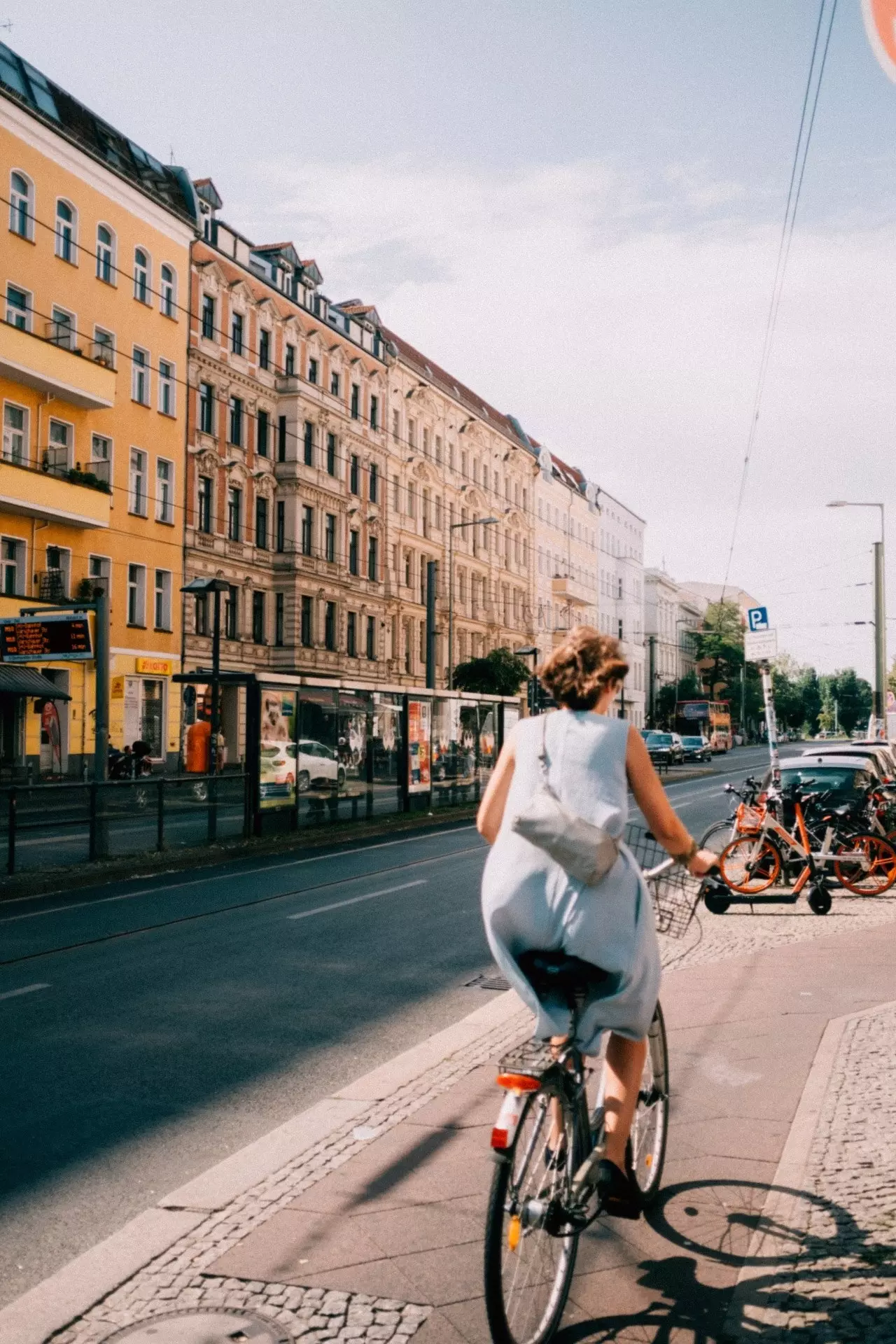
Let's pedal to stop pollution
For some the change is temporary. Two weeks ago, Oakland announced that restricted access to 10% of its streets (119 kilometers in total) only to emergency vehicles, providing more space for cyclists and pedestrians.
In New York, officials have announced that 64 kilometers of streets will have bike lanes and sidewalks extended in May, including a large number of streets adjacent to the parks and located within them -although the plan will only last while the confinement order is in force imposed by the state governor.
Budapest is experimenting with expanding bicycle lanes on highways to "help people get to work and improve access to health care institutions strategically important, immediately increasing the number of bike lanes," officials say. They plan to keep this expansion until September.
But for others, the shift to bike-friendly streets will be permanent not only to keep the residents away from buses and other public transportation crowded, but to avoid than those who have their own vehicle clog the roads even more than before.
In Milan, the authorities are trying to install about 22 kilometers of bike lanes during the summer - once the city's COVID-19 restrictions have been lifted - in an effort to encourage its use. The city is also looking to expand sidewalks for pedestrians, according to The Guardian. **
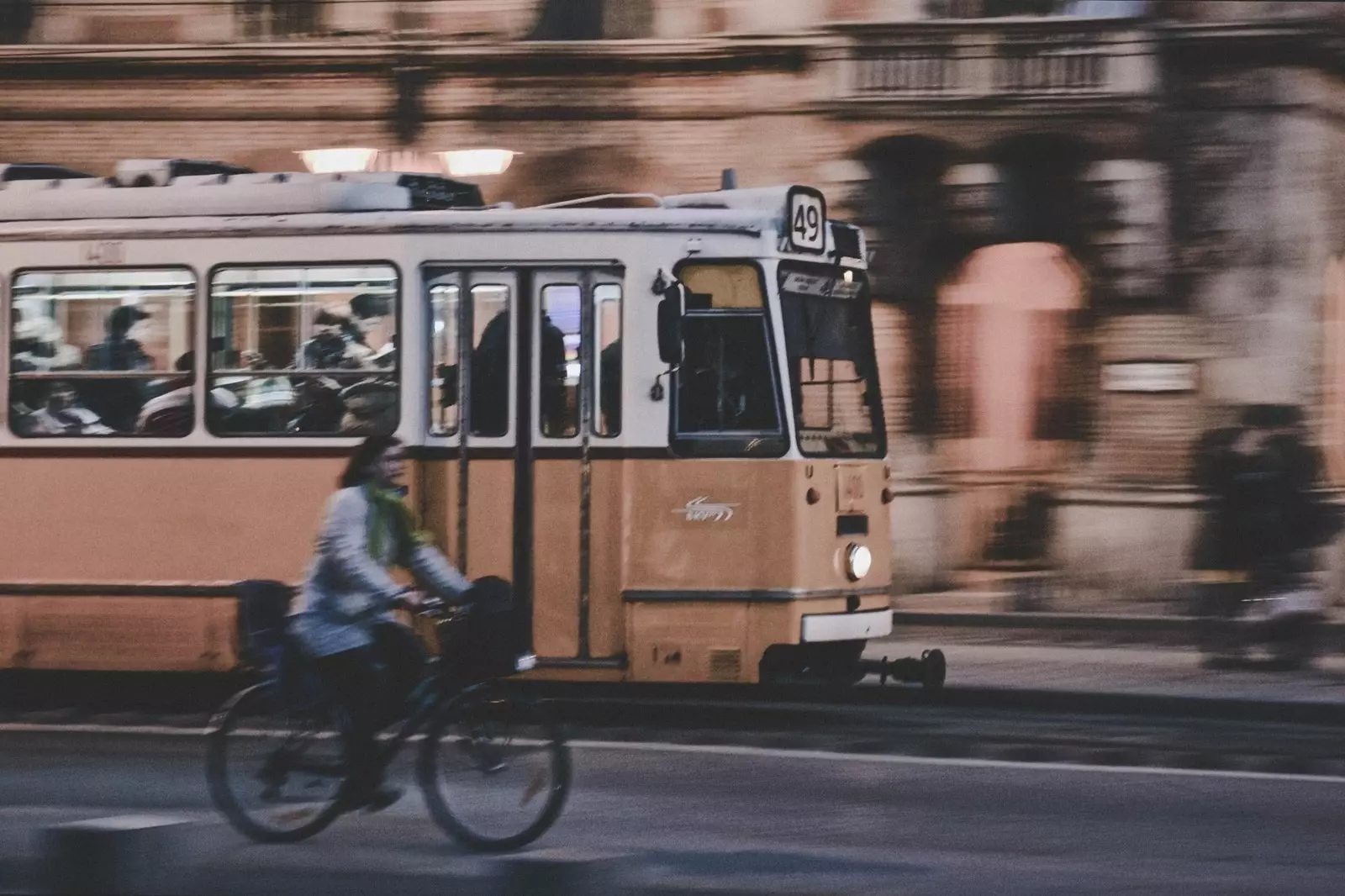
Budapest joins the bike-friendly movement
The change, according to statements by the deputy mayors of Milan , aims to use this "clean slate" of the streets, now empty, to review, in the long term, how citizens move after the pandemic.
"This is a unique opportunity to take a fresh look at the streets and make sure they are ready to deliver the results we want to achieve: not just getting cars as fast as possible from point A to point B, but making it possible for everyone to move safely." he told The Guardian Janette Sadik-Khan, the former commissioner of the New York City Department of Transportation that she is working with the bike lanes of Milan.
In Paris, officials like Mayor Anne Hidalgo are trying to reduce air pollution with their strategies that favor the use of bicycles , as the coronavirus is reportedly made worse by pollution.
"Contamination is already in itself a health crisis and a danger, but coupled with the coronavirus it's a particularly dangerous cocktail," Hidalgo said at a recent city council meeting. "So you cannot think that getting to the heart of the city by car is a solution, when it could actually aggravate the situation," she said.
Instead, she has proposed a mile-long installation of bike lanes that follow the metro routes and that have already been tested (specifically those of lines 1, 4 and 13) , to connect to those of The suburbs -where residents are most likely to drive into the city or take the metro- **with central Paris. **
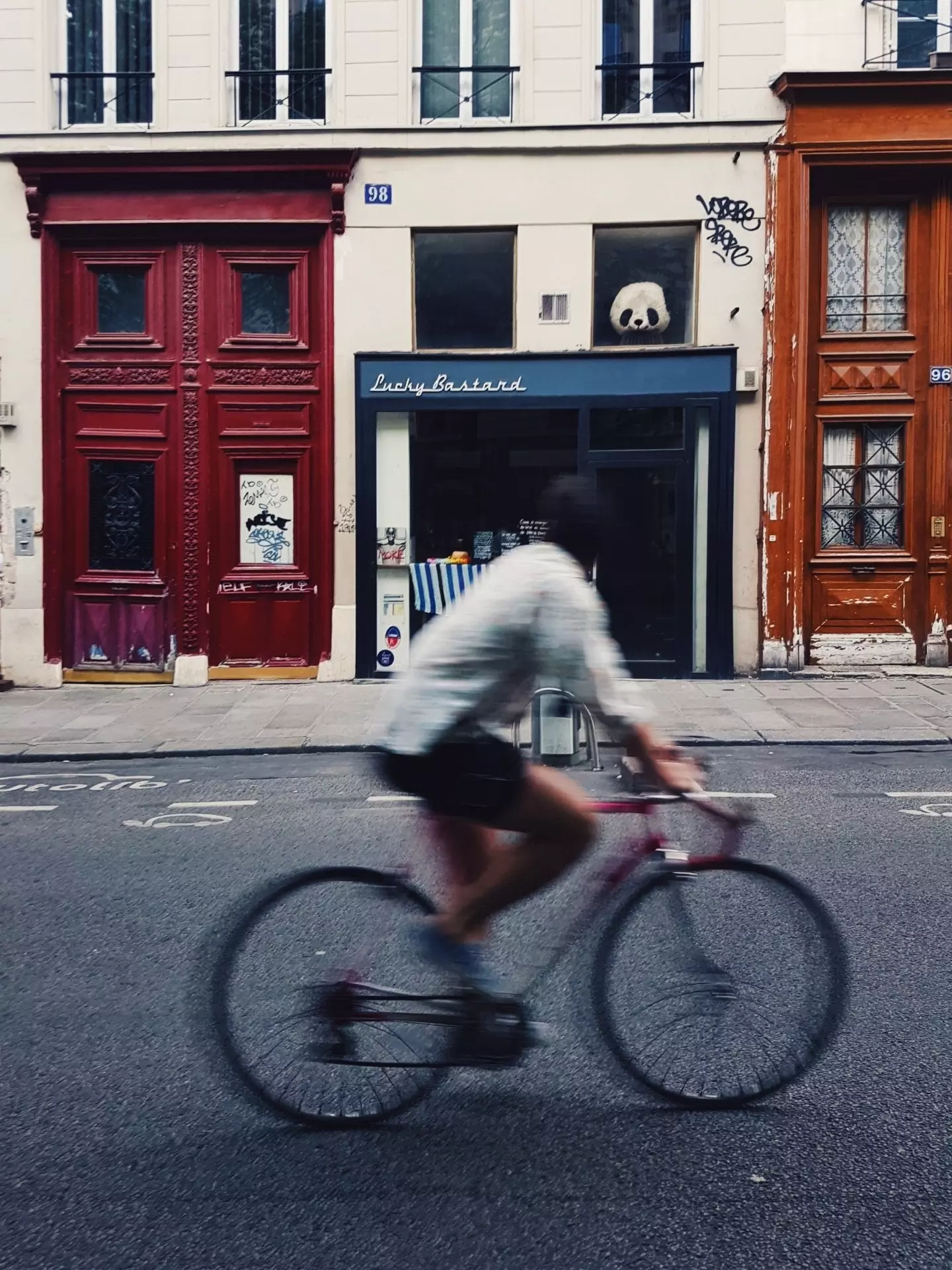
Connecting the outskirts with the center is the goal of Paris
According to Le Parisian, the works would begin on May 11, when the country's coronavirus restrictions are forecast to ease.
For its part, Barcelona started on Monday with the works to widen the sidewalks and create new bike lanes. **
One of the first steps is the expansion of the space destined for pedestrians on Consell de Cent street, located between Urgell and Passeig de Gràcia, as well as the prohibition of parking motorcycles on sidewalks, a plan that the City Council began to apply in February and that it now intends to speed up.
In addition, according to El Periódico, they have also started the works of improvement of bus lanes in Pla de Palau and Paseo de Gràcia and the bike lanes on the streets Valencia, Pau Claris, Via Favència and Balmes.
On the other hand, other measures such as section of part of the sides of Gran Via and Diagonal Avenue will take place too this May, as reported in La Vanguardia.
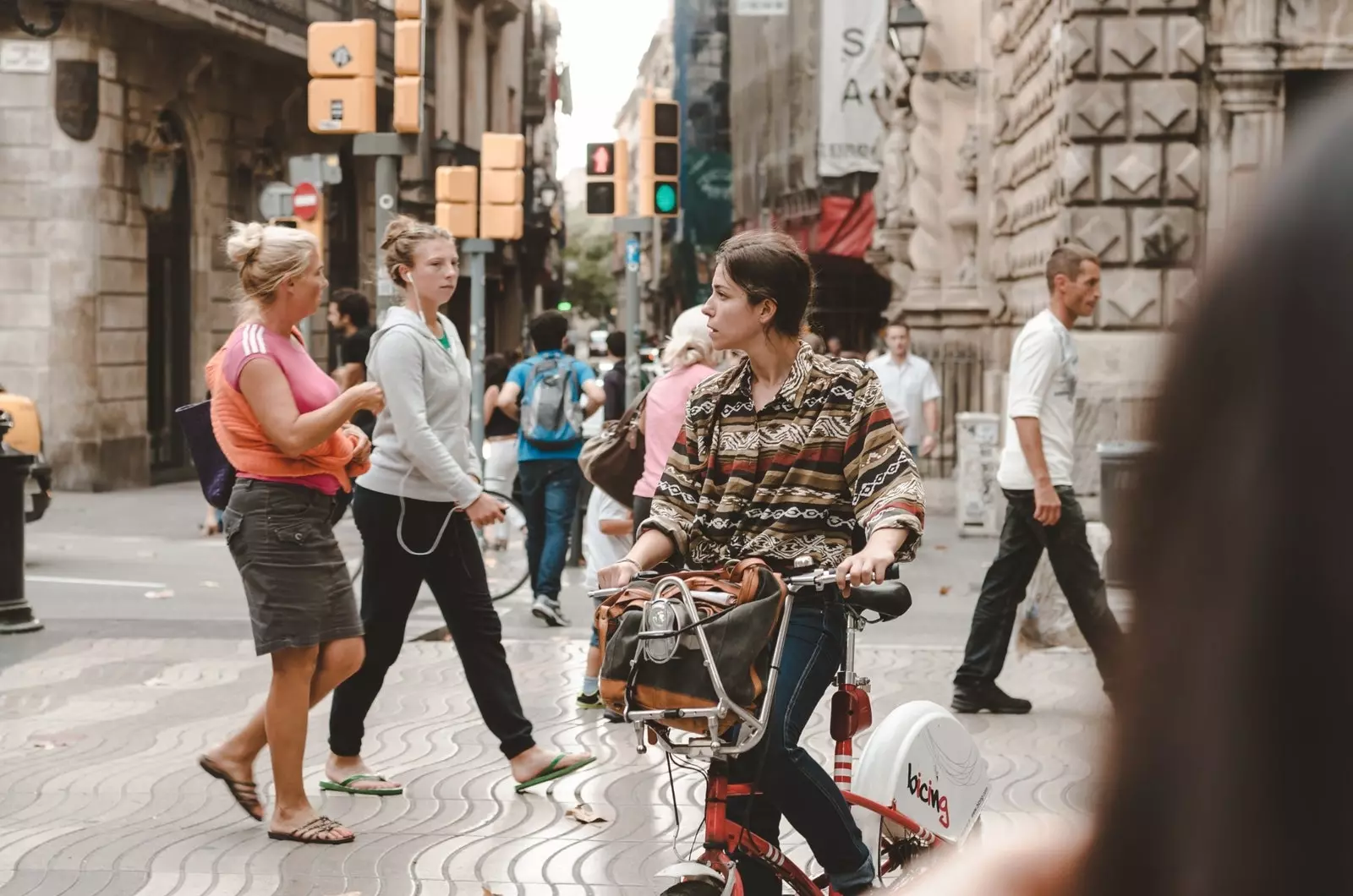
Works began in Barcelona on May 4
The result will be 30,000 more square meters of public space and 21 new kilometers of bike lanes in ten main streets of the city.
